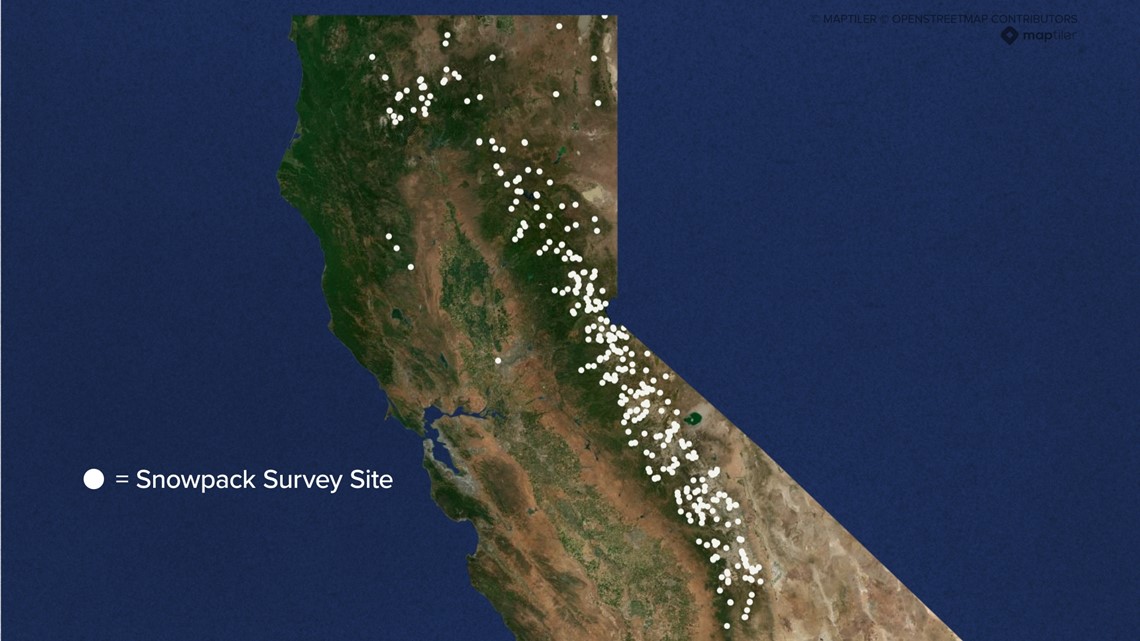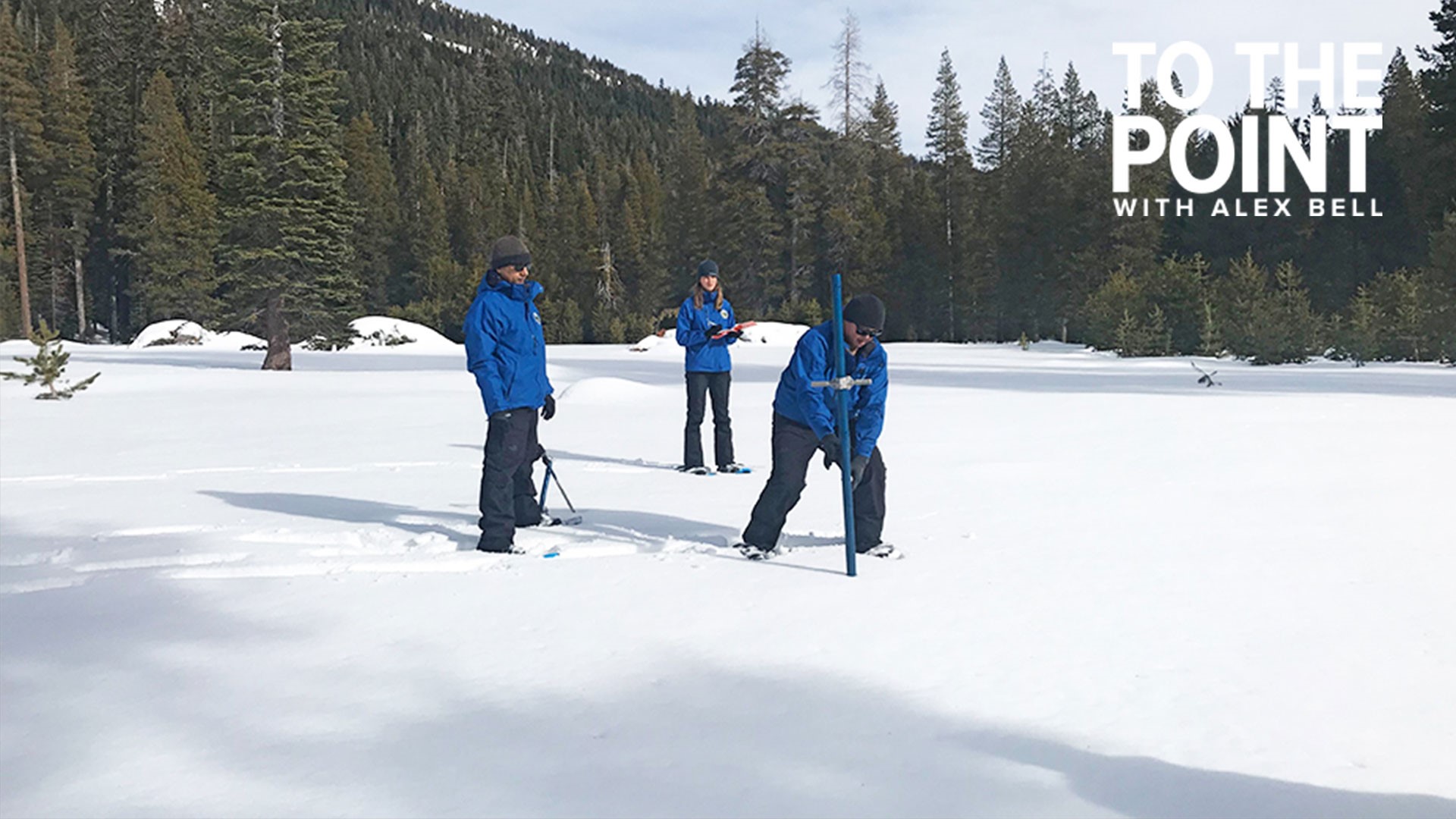SACRAMENTO, Calif. — Is California wasting its water? The state had a historic winter and the ABC10 Weather Team is investigating where the water is going and if we're wasting it. In Part One, Meteorologist Rob Carlmark looks at how the snowpack is measured.
There’s an old saying in mountain towns that there’s nothing better than the first snow of the season and nothing more unwelcome than the last snow of the 2022-23 season.
Like a distant relative coming to visit, this past winter showed up early and stayed late, but family is family. Similarly, the love runs deep for Jason Rolfe in South Lake Tahoe.
He grew up in the area, left for work and school, and couldn’t wait to come back to play in the snow knowing it’s ground zero for the water the state needs to function.
“We do appreciate that we are the ones holding the snow for the rest of California. You know, the rivers, the fishing, the lakes, helping with the drought. It really does roll downhill and it helps everybody else out. We're happy to be the stewards of the snow until you're ready for it,” Rolfe said.
He wanted to document the moment the snowpack turns to snowmelt. As it seemingly breathes, it is in fact bringing life to plants, animals and people hundreds of miles down the hill.
"These manual measurements are just as important as all the other measurement methods that we have,” said Sean de Guzman with the Department of Water Resources.
He might wield the single most powerful pole in California. He helps make manual measurements of the snowpack to help nail down how much water the state will have once the snow melts.
De Guzman measures the depth of the snow and how much water is in the snow to have an idea of the yearly water supply. This tried-and-true method backs up the hundreds of automated sites in the state.


“This is the only in-person boots-on-the-ground field verification, where we can actually verify that the automated sensors are great, but they are out in the backcountry exposed to wilderness, exposed to all the elements, exposed to bears, everything you can imagine," he said.
As crucial as the measurement is, you need more to precisely identify such an important metric. After all, the snowpack delivers a third of the water the state will need for the dry summer months.
"As time has gone on from the 1920s when our population was quite small and the agricultural demands on water were small, and then the environmental demands on water were also small, right? All of that, we've gone from that all the way to this time, where our population is enormous and we have all of these demands to where we're down really to each waterdrop. That matters,” said Tom Painter.
What started as a jet propulsion laboratory experiment with NASA has turned into a foundation of the future. Airborne snow observatories use laser and spectrometer measurements of the snowpack from the sky.
“Now, with our quantity of measurements and those accurate measurements, they can know to within about 2% how much water they're going to get as a minimum,” said Painter.
Almost every basin and range in the West is using these modern techniques to measure the snowpack because it will only become more important to get the data right as winters become more unpredictable in the Golden State.
“It could be a banner year one year and it could be drought the next. You just never know living up in the mountains,” said Rolfe.

















